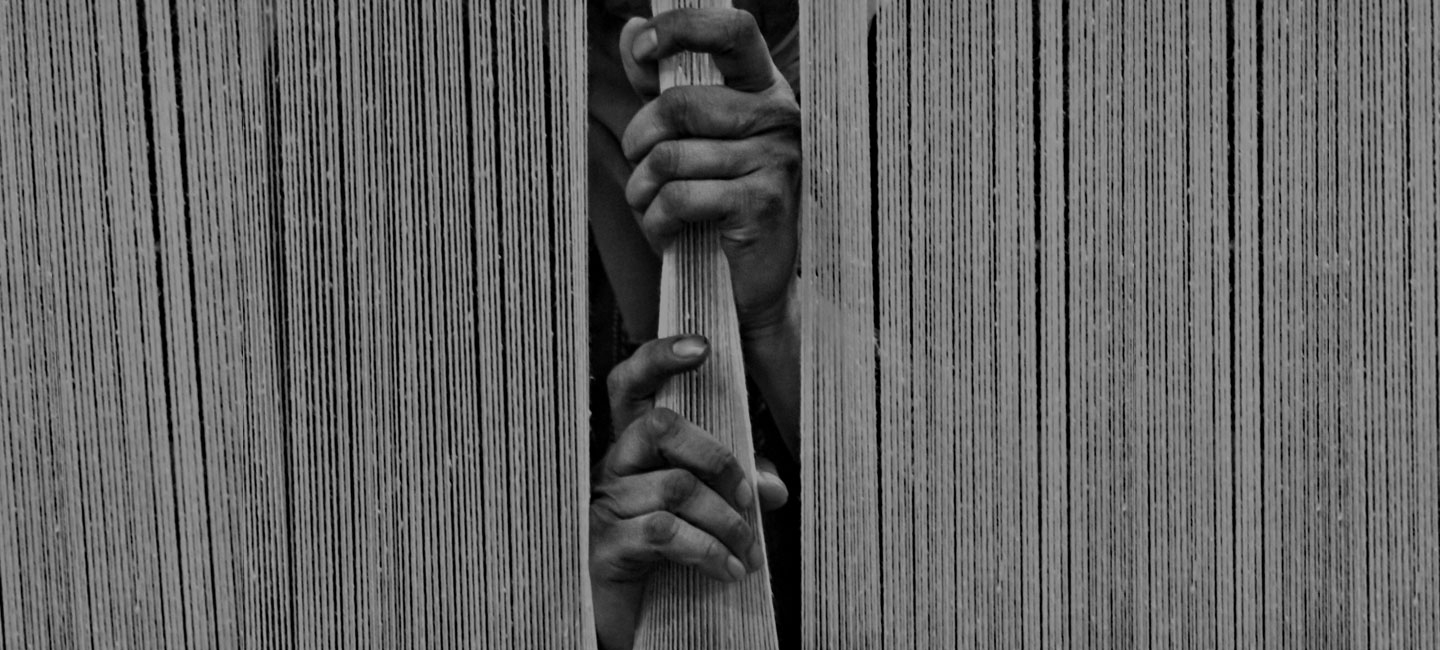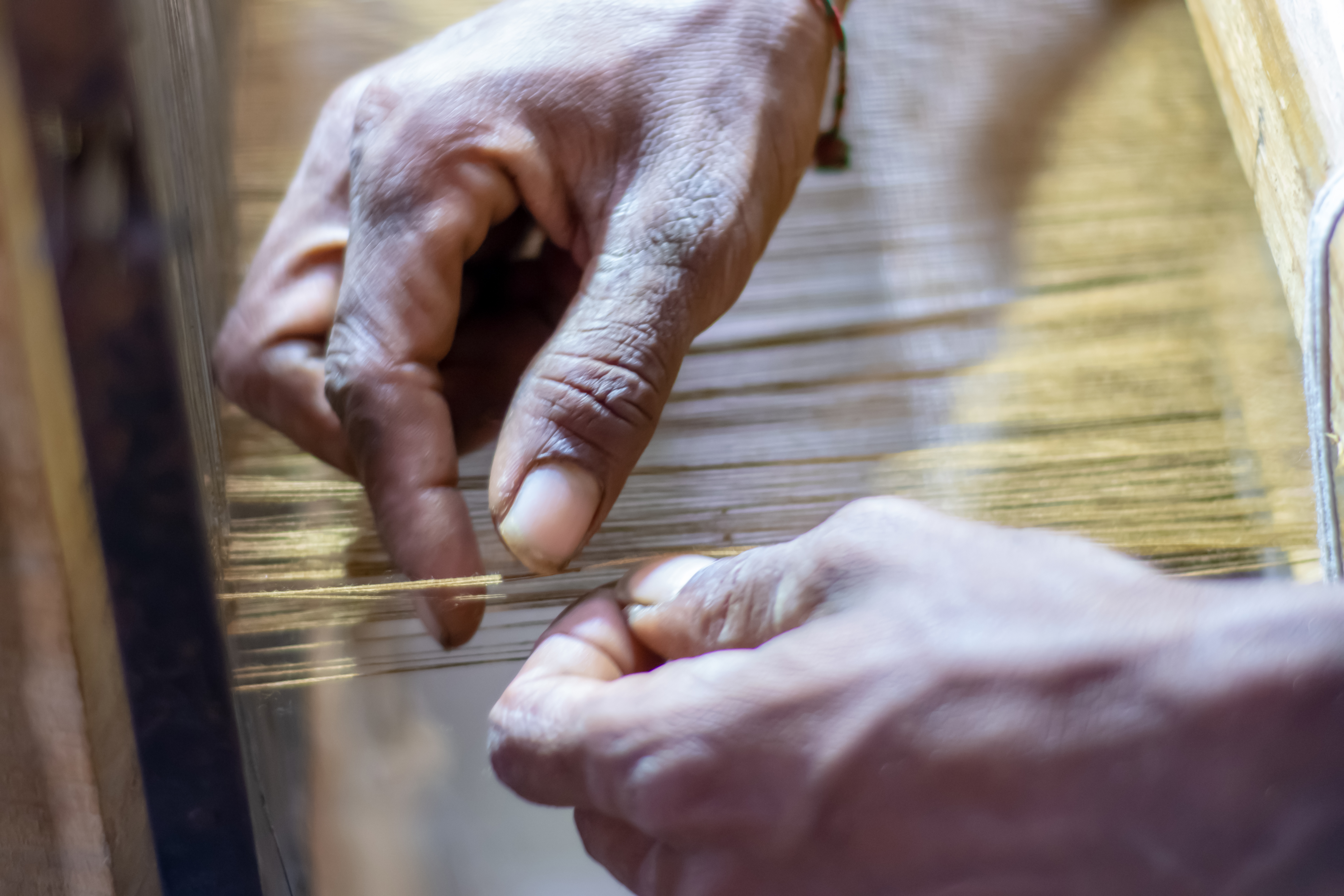What sets hand knotted rugs apart from the rest
Hand knotted rugs bring about a different realm of craftsmanship, skill and uniqueness to the table. Each piece is an extension of the artisan that weaved it and each tells a different story. People tend to marvel at Da Vinci’s Mona Lisa or Picasso’s Starry Night and every person has their own interpretation of the artwork, not just of the painting itself, but of the artist behind the painting, how each stroke represents a different stage in their life, the condition they were in, and so on. Similarly, a hand knotted rug woven by an artisan carries an epic tale from each stage of the process.
In theory, we all know the advantages of buying hand made but realistically we never give it as much attention as it deserves. Bringing a new perspective on the hand knotted industry will show why each piece is unique.


Sustainable, clean and green
First and foremost, the ethos behind the hand knotted industry is to be as sustainable as possible. All the materials are sourced sustainably, from the different types of wools and silks to the recycled yarn. Creating a piece from scratch requires more than just a pair of hands, it’s the conscious decision to make every component of the rug as clean and green as possible that defines the ethical nature of such a product. You can read more about our sustainable approach here.
Unique beginnings
Just as a spider weaves its web, our artisans weave each rug except instead of eight limbs, they only have two hands, constantly at work. Producing hand knotted rugs is one of the most labour intensive jobs in the world. Learning the age-old knotting technique is a skill that requires a significant amount of time, which has been perfected over several generations. This skill is very unique to very few places in the far East, like India, Turkey, Iran, Nepal and China.
The key determinant in valuing a hand knotted rug is by calculating the KPSI (Knots Per Square Inch), which can range from anywhere between 100 knots to even 600 knots, with the average weaver tying 10,000 per day. The higher the KPSI, the higher the value of the rug.
There are several types of knots that differ depending on where the weaver is from. There is the Senneh Knot, which is primarily used in the regions of India, Iran, Afghanistan and China, and another type is the Ghiordes knot which is common to the regions of Turkey, Kurdistan and several parts of Iran. These knots themselves further breakdown into varying styles.
Creating a design for a hand knotted rug is a carefully thought out process as the more complex the design, the higher the number of knots required which in turn increases the amount of time and effort. Each piece will be different as no two weavers weave the same, even if the design is the same.

The Legacy Factor
Where two rugs cannot be replicated due to the different weavers, one thing common to all hand knotted rugs is the legacy factor. After all the components of the rug making process is complete, you can be rest assured that each rug will last for generations, capable of withstanding over 10,000 bends, durability, strength and longevity all guaranteed. With these hand knotted pieces, their value increases over time, sometimes reaching in the millions. The world’s most expensive rug was a 17th Century Persian piece sold for $33 million!
Traditional maintenance
Hand knotting goes back a few thousand years, the earliest record of a hand knotted floor covering in the 5th century BCE. An ancient practice, hand knotting has seen many evolutions and now weavers have perfected the skill. As a community that supports authentic creativity, tradition and history, it goes without saying that we value our weavers and their unique skills above all else. Talents such as these do not come around often and it is a dying industry. As the world is increasingly moving towards mass production, it is our duty to hold fast to these small cradles of history. The more hand knotted rugs that are made, the longer the industry stays alive.
Fresh Perspective
Now, when looking at the hand knotted rug, there should be an acknowledgement of the skill, time, and effort behind each legacy piece. Every artisan pours their life experiences into each knot, and it is these exact experiences which add to its value. You can read about the Journey of a Hand Knotted Rug here and view our Hand Knotted rug collections here.






